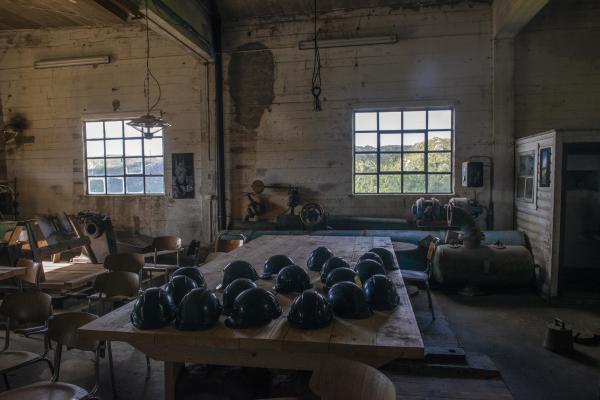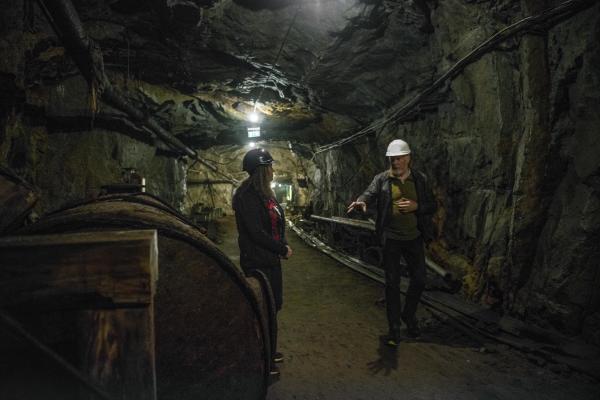Knaben
.
Photo: Gjermund Glesnes
Photo: Gjermund Glesnes
Knaben
.
Photo: Gjermund Glesnes
Photo: Gjermund Glesnes
Knaben
.
Photo: Gjermund Glesnes
Photo: Gjermund Glesnes
Knaben
.
Photo: Gjermund Glesnes
Photo: Gjermund Glesnes
Guiden på Knaben
.
Photo: Gjermund Glesnes
Photo: Gjermund Glesnes
Guiden på Knaben
.
Photo: Gjermund Glesnes
Photo: Gjermund Glesnes
Wire til heis
.
Photo: Gjermund Glesnes
Photo: Gjermund Glesnes
Wire til heis
.
Photo: Gjermund Glesnes
Photo: Gjermund Glesnes
Stua i den gamle direktørboligen
.
Photo: Gjermund Glesnes
Photo: Gjermund Glesnes
Stua i den gamle direktørboligen
.
Photo: Gjermund Glesnes
Photo: Gjermund Glesnes
Landhandel
.
Photo: Gjermund Glesnes
Photo: Gjermund Glesnes
Landhandel
.
Photo: Gjermund Glesnes
Photo: Gjermund Glesnes
I Potetkjelleren
.
Photo: Gjermund Glesnes
Photo: Gjermund Glesnes
I Potetkjelleren
.
Photo: Gjermund Glesnes
Photo: Gjermund Glesnes
Hyller i Potetkjelleren
.
Photo: Gjermund Glesnes
Photo: Gjermund Glesnes
Hyller i Potetkjelleren
.
Photo: Gjermund Glesnes
Photo: Gjermund Glesnes



